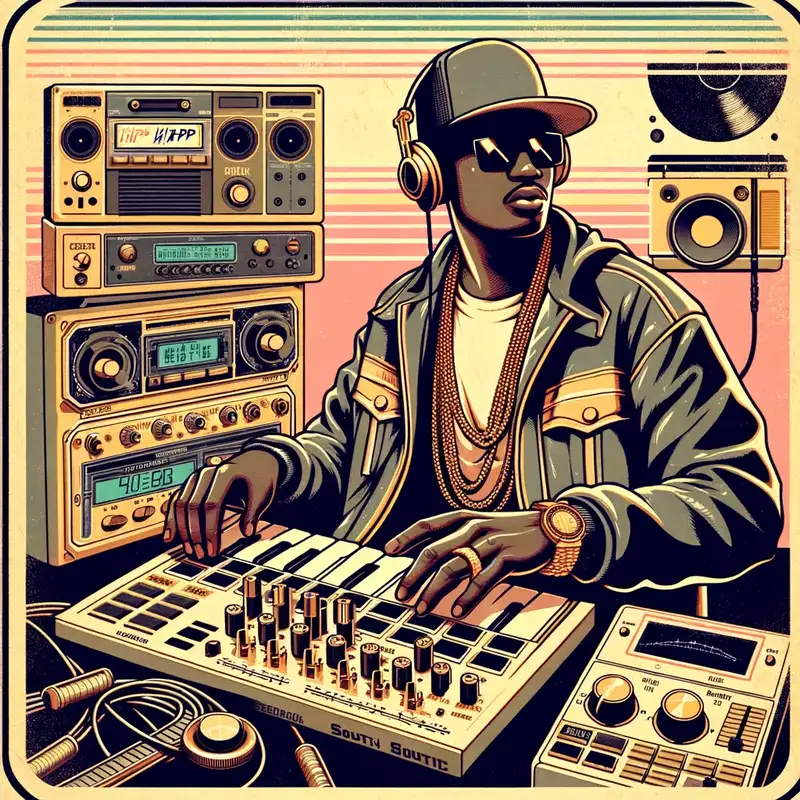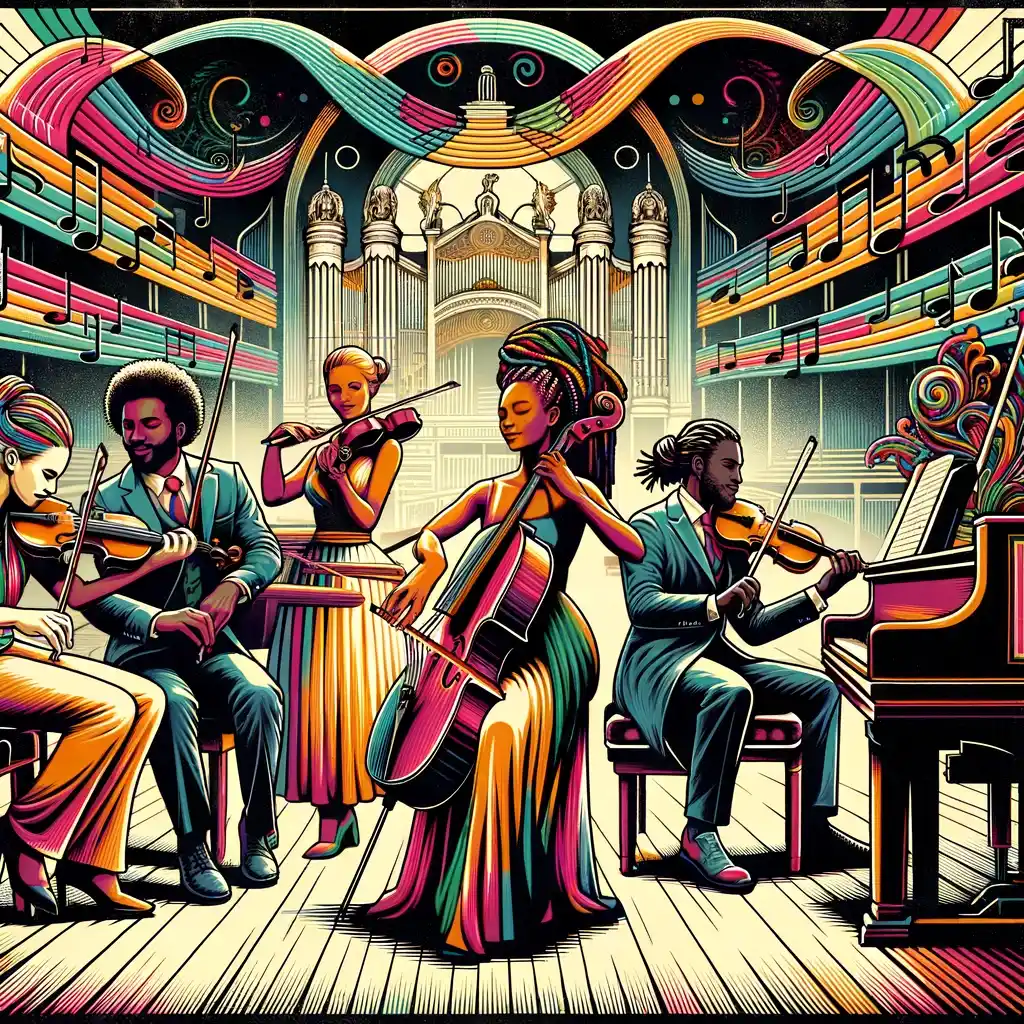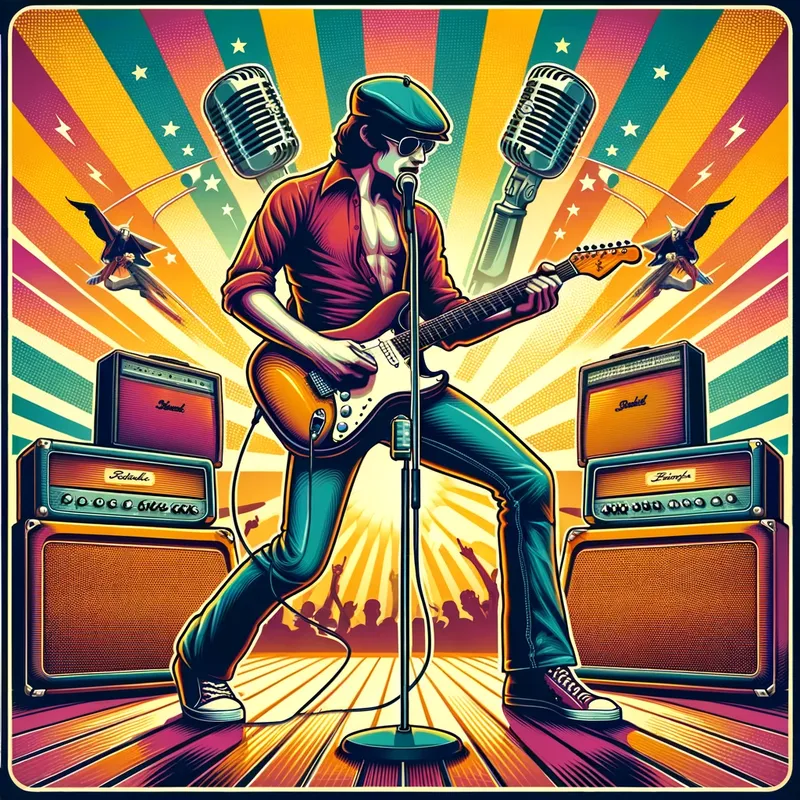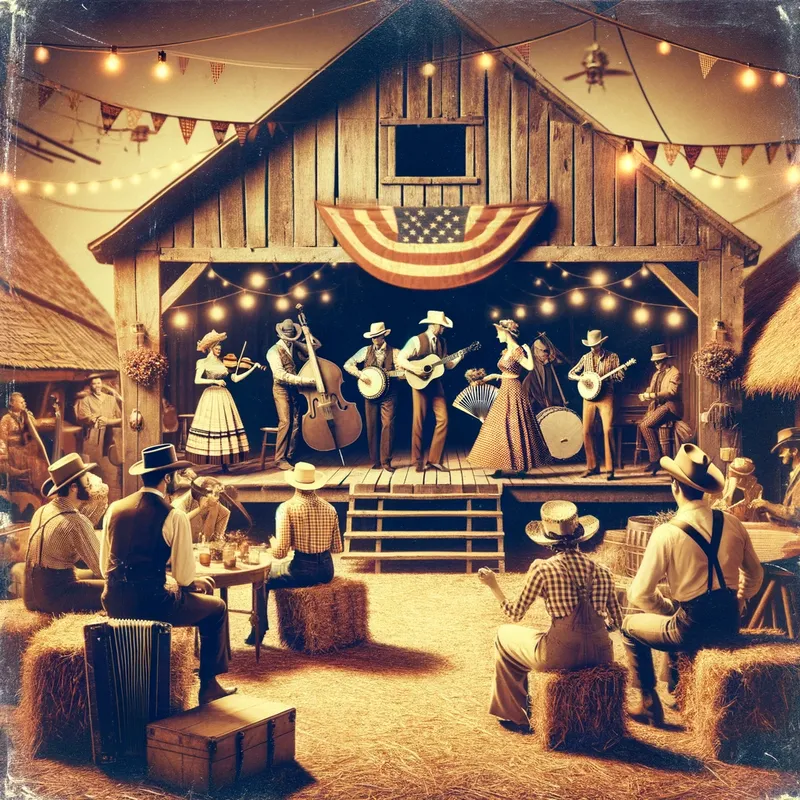Trap Music

Originating from the Southern United States, particularly from Atlanta, Georgia, Trap is a subgenre of hip-hop that has taken the world by storm.
Trap is a vibe, a lifestyle, and a heartbeat of the streets.
Table of Contents
The Foundation
Picture this: It’s the early ‘90s in Atlanta. The streets are buzzing, and a new sound is in the air. Producers and artists like DJ Toomp, UGK, and Three 6 Mafia were some of the earliest to vibe with this new wave.
But why call it “trap?” The term comes from the environment it was born in: “The Trap,” a term for places where drug deals happen. But let’s be clear: while the genre has roots in this environment, it’s evolved way beyond it.
What Makes a Trap Song
- 808s: Deep, bass-heavy kicks that you can feel in your chest.
- Hi-Hats: Super fast, like a rattlesnake ready to strike.
- Snare Drums: These add the SNAP in your clap.
- Synths: Eerie or ethereal, these give the song a unique atmosphere.
The Flow
In trap, you can rap fast, slow, or even mumble (yes, that’s a thing), but the key is to keep the flow tight and the delivery on point.
Artists like Migos, Future, and Young Thug have diversified the genre by introducing new flows and vocal gymnastics, showing there’s no “one-size-fits-all” in trap.
Trap’s Influence
Trap has seeped into everything. Fashion. Movies. Memes. It’s become a cultural phenomenon. Brands like Off-White and Supreme are dropping trap-inspired collections, and movies like “Black Panther” feature trap tracks that elevate the scenes to new heights.
Artists You Gotta Know
Trap music is an evolving scene, but here are some of the big names that have made or are making trap what it is today:
Gucci Mane: Basically the godfather of trap.
T.I.: Put Atlanta trap on the map.
Migos: The trio that brought us the iconic “Versace” flow.
Young Thug: A true innovator in the genre.
Cardi B: Took trap and made it mainstream in ways we hadn’t seen before.


